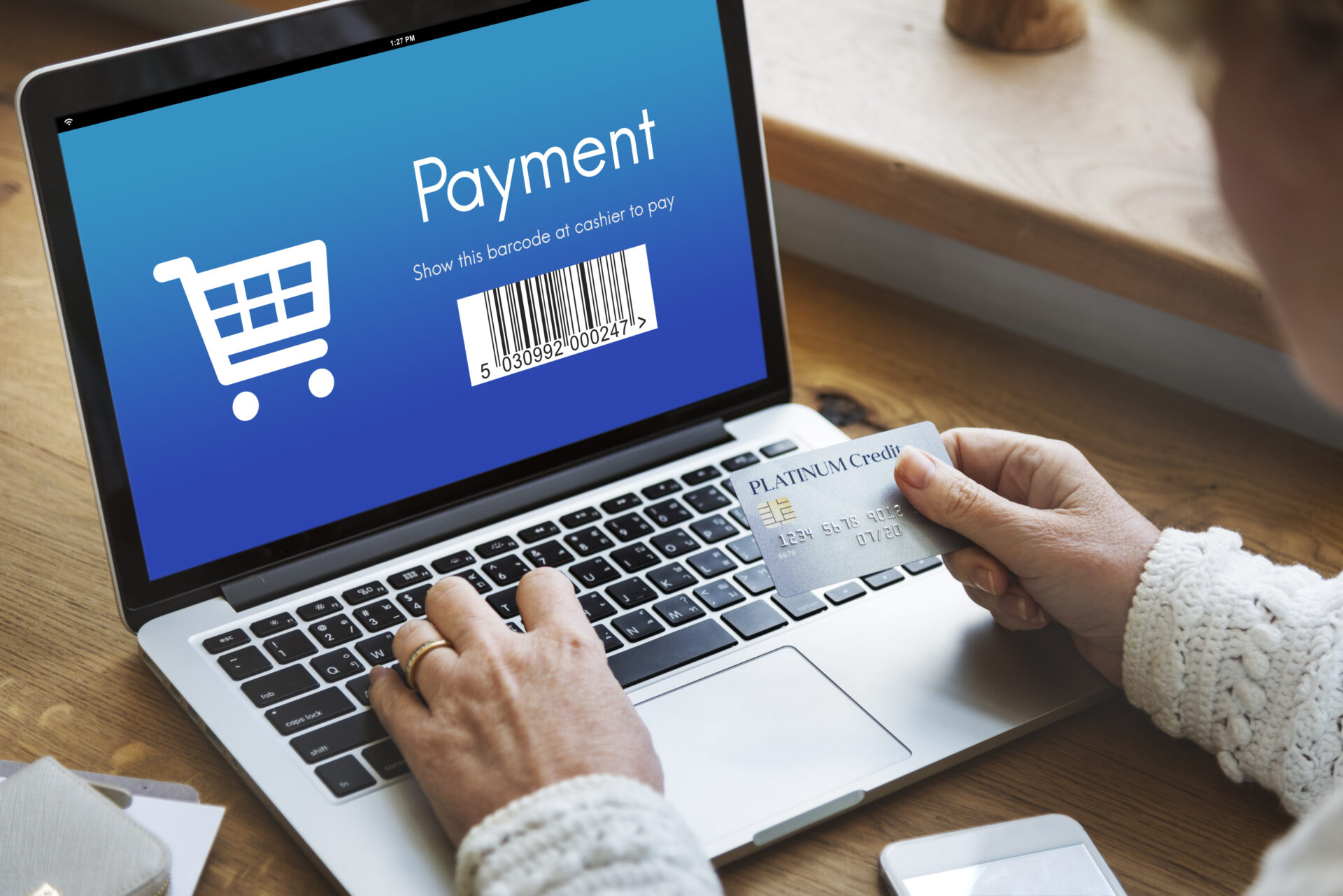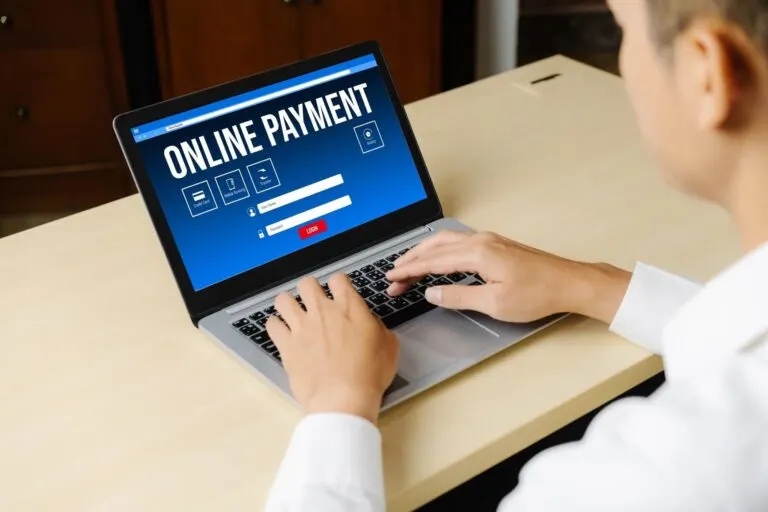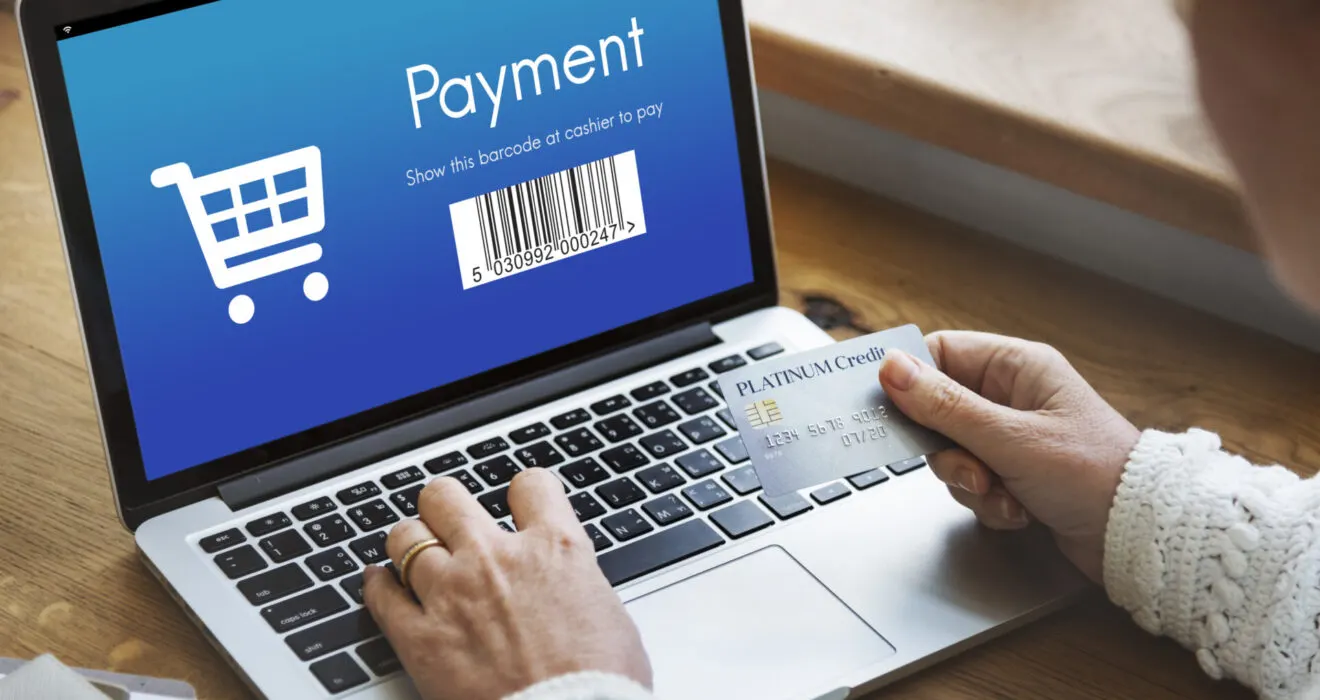Payment Gateway Integrations in E-commerce: Best Practices
Payment Gateway Integrations in E-commerce: Best Practices
Building a scalable e-commerce website is essential for growing businesses looking to meet increasing demand and ensure a seamless online shopping experience for customers. Scalability in e-commerce websites refers to the ability to efficiently handle growth in traffic, transactions, and data without compromising performance. In this article, we will explore the importance of scalability in e-commerce websites, key considerations for planning a scalable platform, strategies for scaling to meet growing demand, and the implementation of performance optimization techniques. Additionally, we will discuss the role of cloud services in enabling scalability, monitoring and managing scalability effectively, and provide insights through case studies of successful scaling efforts in the e-commerce industry.

1. Understanding Payment Gateway Integrations in E-commerce
1.1 Overview of Payment Gateways
Payment gateways act as the bouncers of online shopping, ensuring secure transactions between customers and merchants. With expert IT consulting, cybersecurity, and network security, businesses can protect payments from fraud. Leveraging cloud computing, IT services, and data security ensures seamless, scalable, and secure payment processing.
1.2 Importance of Payment Gateway Integrations in E-commerce
Think of payment gateway integrations as the glue holding your e-commerce operations together. They provide a smooth and secure way for customers to pay for their online purchases, boosting trust and convenience in the buying process.

2. Choosing the Right Payment Gateway for Your Business

2.1 Factors to Consider When Selecting a Payment Gateway
Picking the right payment gateway is crucial – like choosing a partner in crime (the good kind). Consider factors like transaction fees, supported payment methods, and compatibility with your e-commerce platform to find your payment gateway soulmate.
2.2 Popular Payment Gateway Options for E-commerce
From the classy sophistication of PayPal to the sleek modernity of Stripe, there’s a multitude of payment gateways to choose from. Research and compare features to find the perfect match for your business needs.
3. Best Practices for Seamless Payment Gateway Integration
3.1 Planning and Preparation for Integration
Before diving headfirst into integration, take a step back and plan. Ensure your website is ready, gather necessary information, and communicate with your payment gateway provider to streamline the process.
3.2 API Integration Best Practices
When it comes to API integration, think of it like a dance—smooth, coordinated, and error-free. With expert IT consulting, software development, and IT services, businesses can ensure seamless payment gateway integration. Strong cybersecurity, data security, and cloud computing enhance security and scalability. Reliable IT support and IT solutions keep transactions running smoothly without interruptions.

4. Ensuring Security and Compliance in Payment Gateway Integrations
4.1 Importance of Secure Payment Transactions
Security isn’t just a padlock icon – it’s the key to customer trust. Prioritize secure payment transactions by implementing encryption, fraud detection measures, and PCI compliance to safeguard sensitive financial data.
4.2 Compliance Standards and Regulations
Navigating the murky waters of compliance standards can be daunting, but it’s necessary. Stay on top of regulations like PCI DSS and GDPR to ensure your payment gateway integrations meet legal requirements and keep your business on the right side of the law.
5. Optimizing User Experience through Payment Gateway Integration
5.1 Simplifying Checkout Processes
When it comes to online shopping, a complicated checkout process is like a sneaky gremlin trying to steal customers away. By streamlining your payment gateway integration, you can make the checkout process as smooth as a freshly buttered slide. Opt for a user-friendly interface, minimize form fields, and offer popular payment options to ensure a hassle-free experience for your customers.
5.2 Mobile Optimization Strategies
With more people tapping and swiping on their mobile devices, it’s crucial to ensure your payment gateway integration is mobile-friendly. Picture this: a seamless transition from browsing cat memes to completing a purchase with just a few taps. Implement responsive design, secure payment options, and fingerprint authentication to cater to your on-the-go customers and keep them coming back for more.
6. Future Trends in Payment Gateway Integrations for E-commerce
6.1 Emerging Technologies in Payment Processing
Grip your virtual hats tightly because the future of payment gateway integration looks very sci-fi. From biometric authentication to voice-activated payments, emerging technologies are reshaping the way we pay online. Get ready to embrace innovations like AI-powered fraud detection and one-click checkout options to stay ahead of the curve and wow your customers.
6.2 Impact of Blockchain and Cryptocurrency on Payment Gateways
Cryptocurrency and blockchain technology are like the cool kids on the payment block, revolutionizing how we exchange value online. With secure transactions, reduced fees, and decentralized platforms, they disrupt conventional gateways. By leveraging IT consulting, businesses can explore seamless crypto payment integrations. Cybersecurity and network security ensure safe transactions, while cloud computing enhances scalability. Advanced software development and IT services help build secure, transparent payment gateways. Managed IT services and IT support maintain reliability, while data security safeguards customer information. In summary, embracing groundbreaking IT solutions in payment gateway integration guarantees efficient, secure, and future-proof e-commerce transactions.



